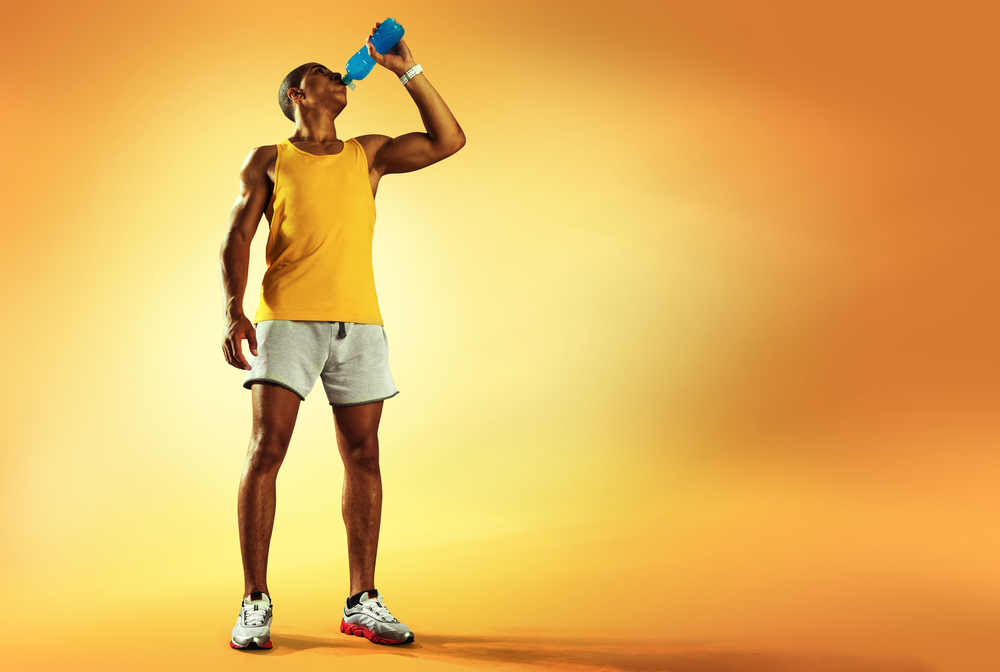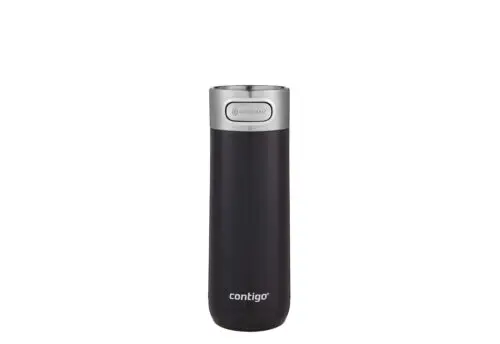Home>> Ways To Stay Active In The Heat
As the temperatures continue to rise and record heat is sweeping across the nation, it’s important to know how to safely stay active during the summer.

If you plan to be active outdoors, make sure you are following the below:
- Avoid the hottest times of the day
- Stay hydrated
- Apply sunscreen and lip balm with a minimum of 30 SPF
- Wear light breathable clothing
- Take advantage of the early hours when it is cooler, or later in the day once the sun has gone down
What can you do:
- Try activities that can keep you cool such as swimming
- Bike or rollerblade outside when the temperatures aren’t as hot
- Complete your workout in an indoor facility (Gym, Rec Center, Etc)
- Increase your NEAT activity (for example, moving around more inside your home, deep cleaning your house, dancing in the shower, pacing on the phone, gardening, etc)
- Try other exercises indoors like rock climbing, karate, boxing, volleyball, etc.
Things to note:
Make sure you are fueling your body with whole foods, and plenty of nutrients to replenish your body and give it the energy it needs to stay active this summer.
Always consult with your doctor before pursuing any physical activity
In those states where temperatures reach extreme highs, it’s important to be aware of the signs of heat exhaustion, and other heat-related illnesses
According to the National Institutes of Health, heat illnesses or emergencies can occur with exposure to high temperatures and humidity.
Dehydration can occur when you don’t replace body fluids lost by sweating. Being even slightly dehydrated can make you feel bad and put you at greater risk for heat-related illnesses like heat exhaustion and heat stroke.
Watch for these signs of mild to moderate dehydration:
- Thirst
- Dry or sticky mouth
- Dry, cool skin
- Headache
- Muscle cramps
- Not urinating much or darker-colored urine
Signs of severe dehydration:
- Not urinating or very dark-colored urine
- Dry, shriveled skin
- Irritability or confusion
- Dizziness or lightheadedness
- Rapid heartbeat
- Breathing rapidly
- Fatigue or listlessness
- Unconsciousness
Heat cramps are the first stage of heat illness and can share some of the symptoms of dehydration:
- Muscle cramps and pains, often in the legs or abdomen
- Very heavy sweating
- Fatigue
- Thirst
Heat exhaustion symptoms include:
- Headache
- Dizziness or lightheadedness
- Weakness
- Cool, moist skin
- Dark urine
- Nausea and vomiting
If you experience signs of dehydration, heat cramps, or heat exhaustion:
- Stop exercising right away.
- Sip water or suck on ice cubes.
- Move to the shade or indoors as soon as possible.
- Douse yourself with cold water.
- Apply cold, wet cloths to the neck, groin, and armpits.
- Seek medical attention if your condition doesn’t improve or gets worse.
Heat stroke is when the body is no longer able to regulate its temperature, and it keeps rising. This is very serious and requires immediate medical attention.
Call 9-1-1 and take the actions above right away if you experience these symptoms:
- High fever (above 104 degrees F)
- Hot, dry, red skin
- Fast, weak pulse
- Fast, shallow breathing
- Irrational behavior or extreme confusion
- Seizure or unconsciousness
(Information provided by Heart.Org)





